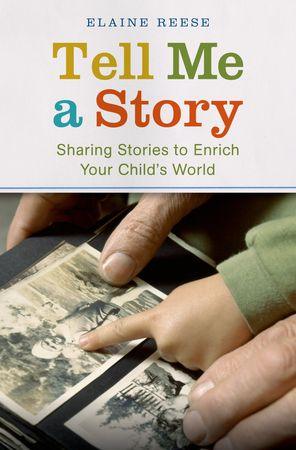FISHER, Lisa A. Challenge Thinking and Deepen Understanding: the instructional approach for implementing the Common Core Standards, Grades 3-12 Rowman and Littlefield, 2014 132pp $54.95 pbk ISBN 9781475808551
The new National Curriculum being implemented in all Australian states should be familiar to all teachers, and teacher librarians, the sets of standards attached to them to be achieved by students from kindergarten year to Year 10 must be regarded as important for every teacher to ensure real progress in the education of every child in their care. In particular the standards set for the English curriculum provide a reason for the use of resources from Australia or overseas such as this new book.
In the United States there is also a comparable list of Common Core State Standards adopted now in 45 states and the District of Columbia and those listed for English Language Arts (ELA) are very much in line with those set for our own National Curriculum. This handy text by reading and literacy specialist Lisa Fisher is aimed at teachers planning to implement the standards. In it Fisher shows how students can progressively be encouraged to think deeply and differently about the texts they read and study, whether informational or literary. She demonstrates, in a practical manner, strategies aligned with the set standards, which can be used at various levels to help students read more closely texts in any discipline, allowing them to deepen understanding and appreciation. She maintains that these are essential lifelong criteria for young people, that will assist them in their college education and in their careers.
She uses the example of a four week science class theme – recognizing good and bad bacteria and an exploration of how diseases such as yellow fever and plagues could be spread. The texts used in the science class range from initial short articles to longer, more complex texts and a variety of literary texts. Using a series of typical class situations, she demonstrates strategies that enable the students to read the texts more closely and respond to them, to recognize how texts can change perspective and be used critically for discussion, for argument and for deeper understanding of the content reviewed and discussed. Teachers could adapt the approaches for any unit of study if armed with well-chosen texts. Appendices show how this can be done for a variety of topics.
Teachers and librarians in Australia could find this a most useful guide to provide sound direction in the art of developing critical reading standards among their students. Recommended for young teachers studying literacy development in the classroom.
reviewed by John D Adams





